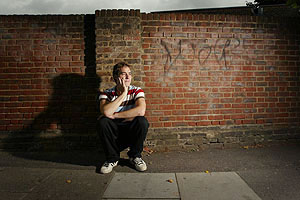 Every time you take a photograph you are saying something about what is in the image. It’s impossible to avoid a frozen frame being anything other than an interpretation of that moment so it becomes a mark of a good photographer to make sure that every element of the image (composition, subject matter and light) helps to paint a consistent story.
Every time you take a photograph you are saying something about what is in the image. It’s impossible to avoid a frozen frame being anything other than an interpretation of that moment so it becomes a mark of a good photographer to make sure that every element of the image (composition, subject matter and light) helps to paint a consistent story.
The mood required for every image – especially with portraits – is something that you have to consider very carefully.
Some lighting guides will tell you that there is a lighting set up for each mood and that it is a simple matter of placing light A in position B and light C in position D to achieve this. I have to agree that there are some obvious starting points for many of the moods that I use, but there are many other factors that have to be taken into account when setting the scene.
Even a short list of variables such as time of day, age of subject, subjects clothing and location mean that there can be no such thing as a standard lighting rig. This portrait of a teacher who feels that he wasn’t prepared during his training for the attitude of pupils needed a lot of thought. (more…)

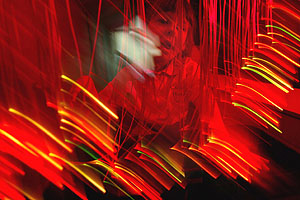
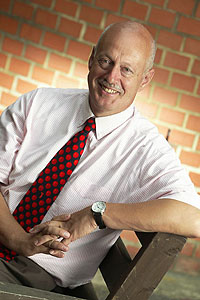 Some photographs have to be simple. There are often very few options for lighting the main subject, but there is nothing to stop you adding some interest by lighting another part of the frame.
Some photographs have to be simple. There are often very few options for lighting the main subject, but there is nothing to stop you adding some interest by lighting another part of the frame.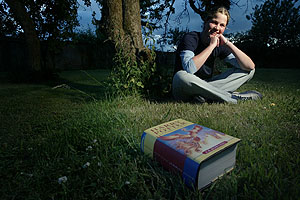 Creating a pool of light is one of the most effective ways of emphasising part of an image. There are many ways to achieve this, but for the traveling photographer who has to carry their own kit a small piece of aluminium foil has to be one of the simplest.
Creating a pool of light is one of the most effective ways of emphasising part of an image. There are many ways to achieve this, but for the traveling photographer who has to carry their own kit a small piece of aluminium foil has to be one of the simplest.
 In a remarkably similar composition to the previous technique page this example uses some ambient light with it’s own very strong colour to give an unusual atmosphere whilst adding enough flash light to keep the subject’s skin tones correct.
In a remarkably similar composition to the previous technique page this example uses some ambient light with it’s own very strong colour to give an unusual atmosphere whilst adding enough flash light to keep the subject’s skin tones correct.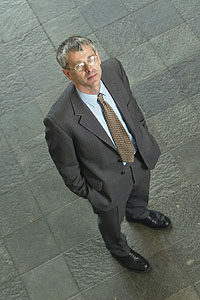

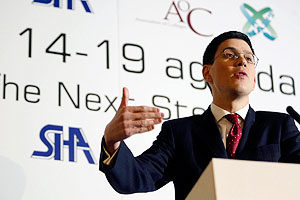 When you work for newspapers, you go to a lot of press conferences and other events where you get a man or woman in a grey suit speaking from a platform. The people who design the sets don’t consider the needs of the stills photographer, and rarely give a thought to television either. getting the light right presents us with all sorts of dilemmas.
When you work for newspapers, you go to a lot of press conferences and other events where you get a man or woman in a grey suit speaking from a platform. The people who design the sets don’t consider the needs of the stills photographer, and rarely give a thought to television either. getting the light right presents us with all sorts of dilemmas.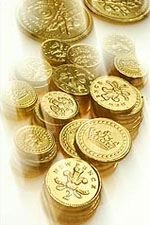 One of the things about being a staff photographer is that you often get asked to shoot little still life images, in the corner of the offices with very little space and even less equipment. Add short notice to that cocktail and producing pictures to be proud of becomes rather tricky.
One of the things about being a staff photographer is that you often get asked to shoot little still life images, in the corner of the offices with very little space and even less equipment. Add short notice to that cocktail and producing pictures to be proud of becomes rather tricky.